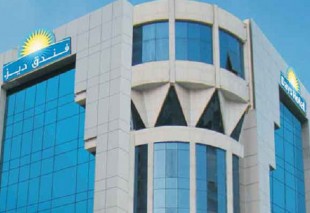

Dubai mid-scale RevPAR grows while luxury dips

The mid-market sector has proven to be resilient in Dubai in quarter one of 2015 amid declining performance in the luxury sector, a new report from Knight Frank states.
The research paper, Dubai Hospitality Report: Dubai’s Mid-Market Hotel Sector- Stable Performance in Turbulent Waters, showed that negative performance overall in Dubai was largely attributable to global currency fluctuations and a declining Russian market.
In the first quarter of the year, occupancy fell by 2.2%, while average daily rates fell by 5% to AED 984 (US $267.89) in annual terms.
This resulted in a 7% YoY RevPAR drop, however Dubai remains among the leading markets in the Middle East in terms of average rate and occupancy.
Demand for mid-market hotels is helping to support average occupancy levels, which are above market-wide averages.
The mid-market segment showed a YoY RevPAR increase of 0.5% during the first quarter, which was driven by an increase in average rate a time of declining performance for the luxury and upper upscale segments.
The increase in demand for mid-market hotels in Dubai has been driven by a growing middle class in key source markets (e.g. GCC, China, India and Africa), along with a younger guest profile, with limited disposable income.
The current push toward mid-market development will reinforce Dubai’s standing as an emergent hotel market through the provision of a more diverse product offering.
The report concludes by saying that as more internationally branded mid-scale hotels come to market, the next asset class to see raid growth in the medium term is likely to be the budget sector as the hotel market matures further.
A number of international hotel operators have ambitious mid-market pipelines for the Middle East region, including Hilton Worldwide, which last month signed an agreement with Wasl Hospitality and Leisure to open a further two mid-market properties in Dubai under its Hampton by Hilton and Hilton Garden Inn brands.